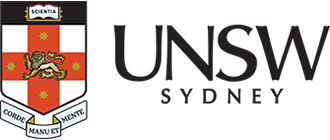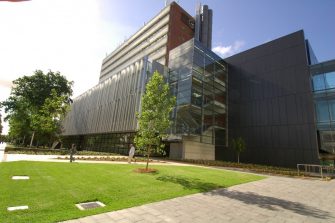BMG LABTECH CLARIOstar Plus

Description
The BMG LABTECH CLARIOstar Plus is a highly flexible multi-mode microplate reader designed for assay development. It combines the best sensitivity in its class with advanced features such as LVF Monochromators™, filters, and a spectrometer. The Enhanced Dynamic Range (EDR) technology ensures accurate and reliable results across a wide range of applications, making it ideal for high-throughput screening and various research needs.
Specifications
Detection Modes: Absorbance, fluorescence intensity, luminescence, time-resolved fluorescence (TRF), time-resolved FRET (TR-FRET), fluorescence polarization, AlphaScreen®, AlphaLISA®, and AlphaPlex™.
Monochromators: Dual LVF Monochromators™ for increased sensitivity and flexibility.
Spectrometer: UV/Vis spectrometer for absorbance measurements.
Dynamic Range: Enhanced Dynamic Range (EDR) technology for accurate measurements.
Excitation Sources: High-energy xenon flash lamp and dedicated Alpha Technology laser.
Temperature Control: Incubation up to 40°C.
Shaking Options: Linear, orbital, and double-orbital shaking.
Well Scanning: Multiple well-scanning options for detailed analysis.
Publishing guidelines for BMG LABTECH CLARIOstar plus
-
-
- Incubation time of treatment
- Dilution factors and/or concentration
- Cell confluency and passage number
- Washing methods
-
- Manufacturer: BMG LABTECH
- Model: CLARIOstar Plus
- Type: Multi-mode Microplate Reader
-
- Detection modes used (e.g., absorbance, fluorescence, luminescence
- Wavelength parameters
-
- Adjustments to contrast/brightness
- Multi-point image averaging
- Shaker mode
- Delay time between readings
- Replication averaging
-
- Levels adjustments
- EMap filters applied
Acknowledgement:
“The authors acknowledge the facilities and the scientific and technical assistance of Cell Culture Facility (CCF) within the Mark Wainwright Analytical Centre (MWAC) at UNSW Sydney.”
Credit MWAC CCF staff: Feel free to mention MWAC CCF staff who have assisted you with your work! If staff have been involved with your work beyond basic training and support (e.g., project design, complex data/image processing, independent imaging/analysis, manuscript preparation), it may be appropriate to discuss co-authorship with the relevant staff and your supervisor.
-
Applications
- Life Sciences
- Drug Discovery
- Biochemistry
- Molecular Biology
- Cell Biology
- Environmental Science
- Food and Beverage Testing
Instrument location
MWAC Cell Culture Facility
Room 524, Science and Engineering Building (SEB) – E8
Kensington, UNSW, Sydney,
NSW, 2052
Email: CCFAdmin@unsw.edu.au
Access
-
Email
CCFAdmin@unsw.edu.au
Parent facility
Explore more instruments, facilities & services
Our infrastructure and expertise are accessible to UNSW students and staff, external researchers, government, and industry.


